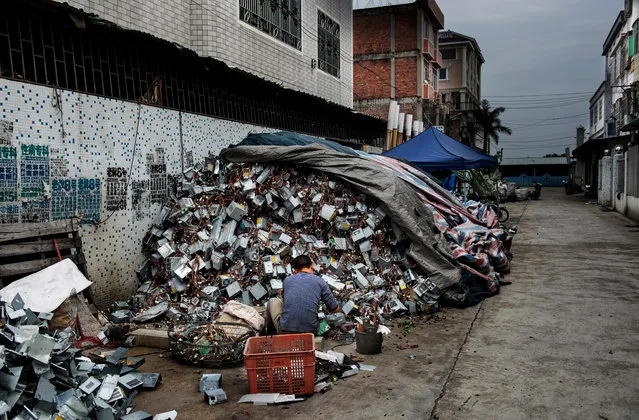
Sustainable development goal target 12.5 is to reduce waste. But with a planet increasingly dependent on technology, is that even possible? As of today, over 30m tonnes of electronic waste has been thrown out so far this year, according to the World Counts. Most e-waste is sent to landfills in Asia and Africa where it is recycled by hand, exposing the people who do it to environmental hazards. Kai Loeffelbein’s photographs of e-waste recycling in Guiyu, southern China show what happens to discarded computers. (Photo by Kai Loeffelbein/laif Agentur)

Guiyu, in Guangdong province, southern China, was described as the e-waste capital of the world, before it disappeared last year. A study of children in Guiyu found that they had abnormally high amounts of lead in their blood. (Photo by Kai Loeffelbein/laif Agentur)
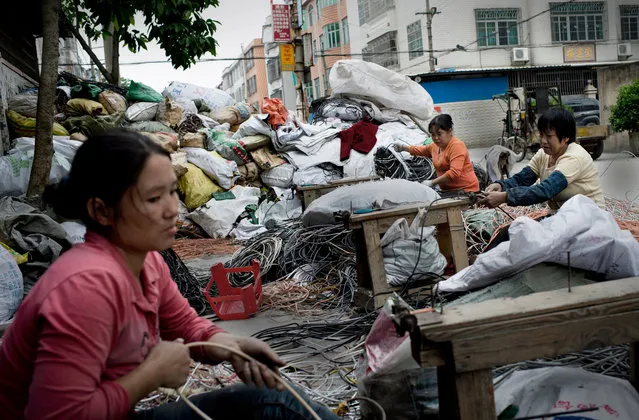
The last UN report on global e-waste found that it reached a record high in 2014. At the current rate of technological development, this is likely to keep rising. The report projected that the world would produce almost 50 million metric tonnes a year by 2018. (Photo by Kai Loeffelbein/laif Agentur)
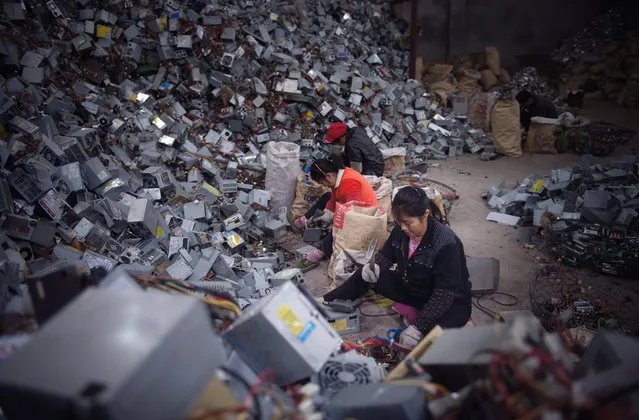
“The sustainable development goals cannot be met unless waste management is addressed as a priority”, says UK waste management charity Waste Aid. “E-waste is one of the fastest growing categories of the 7-10bn tonnes of waste produced globally every year”, adds director Mike Webster. “In our view, decent waste management is a basic right and we want governments around the world take this issue much more seriously – in 2012 only 0.2% of international aid went on improving solid waste management – it’s just not enough”. (Photo by Kai Loeffelbein/laif Agentur)
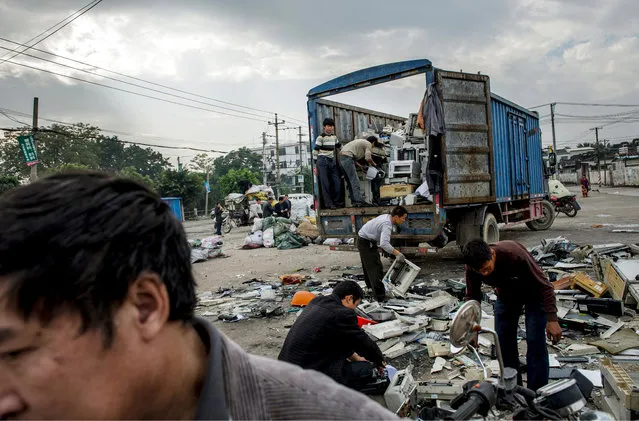
Since last year, the informal e-waste recycling work in Guiyu has disappeared as the government has moved processing into an industrial park. Now most of the US’s exported e-waste ends up in junkyards in Hong Kong, says Jim Puckett, executive director of Basel Action Network. The amount of e-waste is growing, he adds. “Even though the size of products is getting smaller, the pile is still growing. There’s so many more being used”. (Photo by Kai Loeffelbein/laif Agentur)
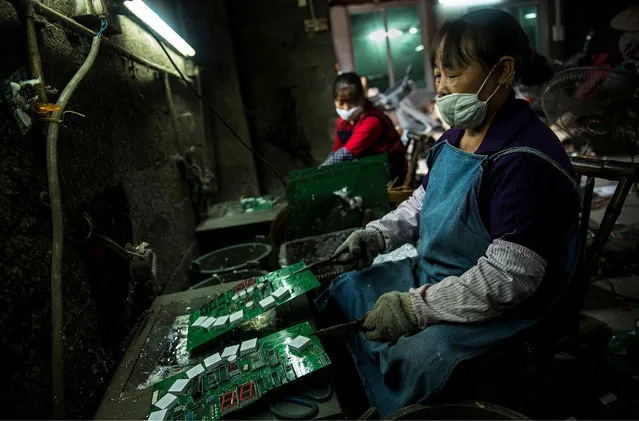
In Guiyu’s informal recycling sector, women melted circuit boards over coal fires, exposing themselves to toxic fumes. At the new industrial park, there is a central extraction system, Puckett says. He adds that if we can’t reduce e-waste the international community should focus on reducing it’s toxicity. “We’ll worry about the massive quantities later”, he says. “We’ve got to stop poisoning people”. (Photo by Kai Loeffelbein/laif Agentur)
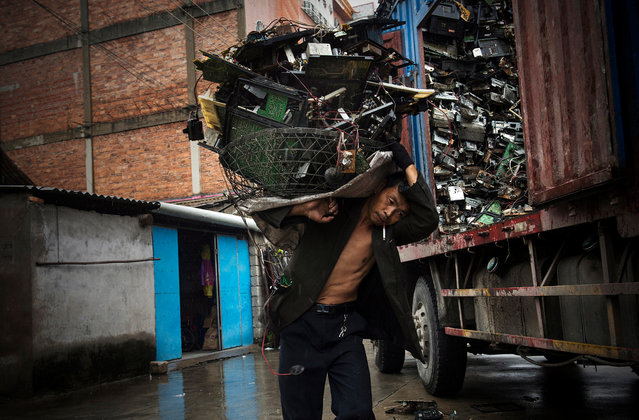
Solving the E-waste Problem (Step), an initiative set up by the United Nations University, found that there is no data to say where 6m tonnes of e-waste goes every year. “We have find market based incentives to make products last longer”, says Puckett. “Right now they justify all that churn and burn by saying “don’t worry we’re recycling it” but the recycling happens mostly in the global south. It’s a hand-me-down world where we sweep everything to developing countries, where they have the least infrastructure. Our recycling rates for electronics are just abysmal”. (Photo by Kai Loeffelbein/laif Agentur)
19 Oct 2016 12:14:00,
post received
0 comments
